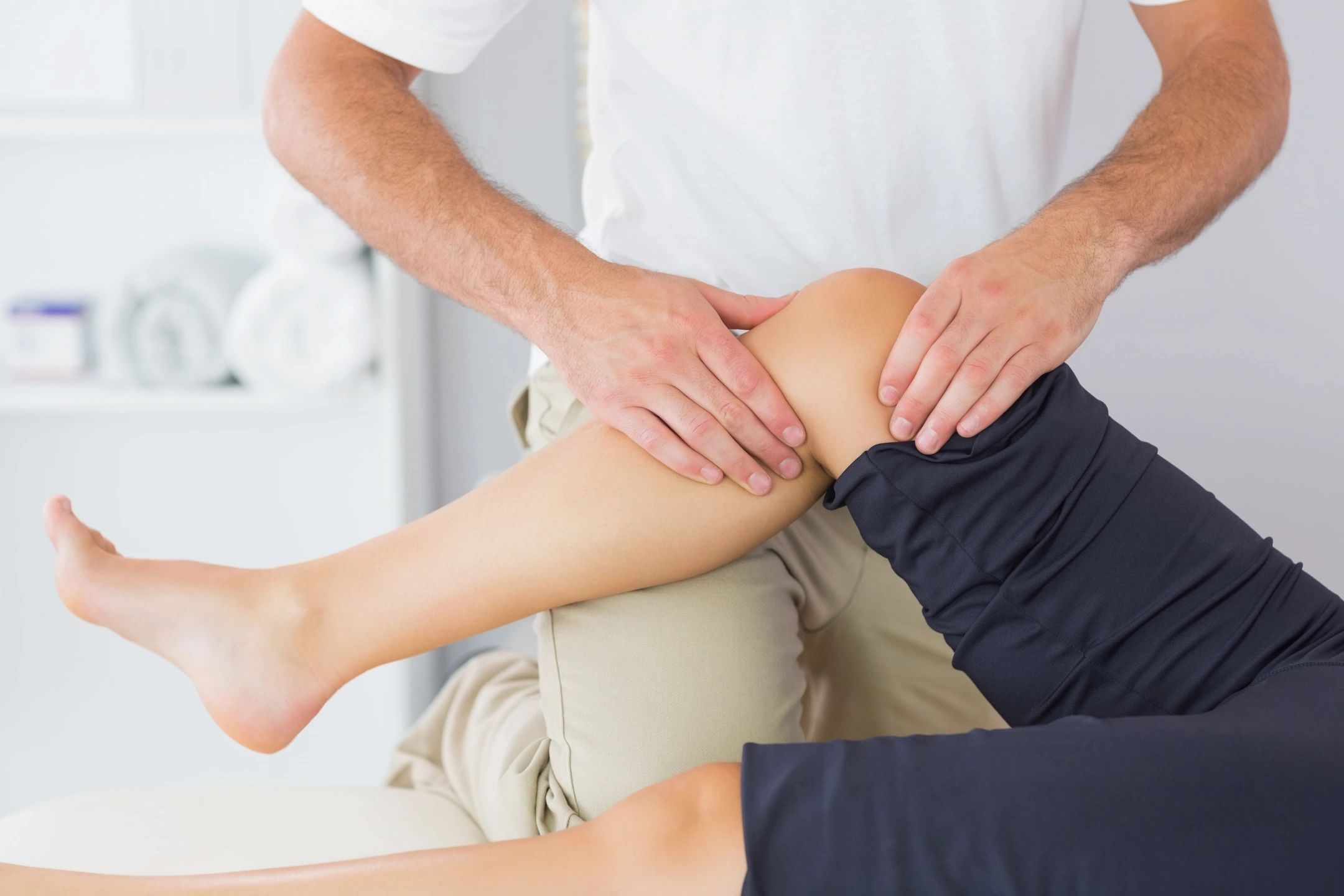I worked with a young man who came in with a diagnosis of a PCL strain/minor tear. The PCL is a ligament of the knee, very close to the ACL. It’s important to do your own examination and make your own decision on what is wrong with your client because you’ll often be surprised by what you find that is at odds with their history and medical imaging. I was very surprised when he did not test positive for any of the functional PCL loading tests that I did, but instead tested positive for having sciatic nerve tension, which completely reproduced his pain. We worked on addressing the nerve tension and within 3 visits (about 2 weeks) he was back to normal function, which for him was doing manual labor and riding his dirt bike. That would indicate that the treatment was effective, but it is also important to note that during that time his knee would also be healing naturally, just as a function of time. The injury had been bothering him for a while though with no resolution, which is why he went to an orthopedic physician, got an MRI, and came to PT in the first place. Prior to coming to me, he had been potentially considering surgery since it hadn’t resolved.
Our pain threshold is like a cup. It can be filled up, but it is only when it’s overflowing that it’s a problem. In the same way, someone can have arthritis in their knees but no pain because that only ‘fills the cup up’ a certain amount. But if they have arthritis, weak or inhibited muscles to reduce shock absorption, fascial restrictions that add tension to the knee, and nerve sensitivity of the skin around the knee – their cup might be overflowing and then they’ll feel pain. Physical rehabilitation is often about ‘bailing water out’. If you can remove some of the contributing factors, their pain will lessen. If you can remove enough so that the ‘cup’ isn’t overflowing, then they may have no pain at all – even with arthritis. This is why research indicates that a significant number of people have arthritis in their knees and didn’t know it – they don’t have pain, so they would not have suspected they have arthritis. Physical therapists can’t remove your arthritis, but they can help strengthen your muscles, improve your coordination and movement patterns, release muscular tension, decrease nerve sensitivity, and address soft tissue restrictions. With all of this ‘out of the cup’, you will be surprised by how you feel.

